Braille
This page explains what braille is, who uses it, how you can start to learn it and why it’s called braille.
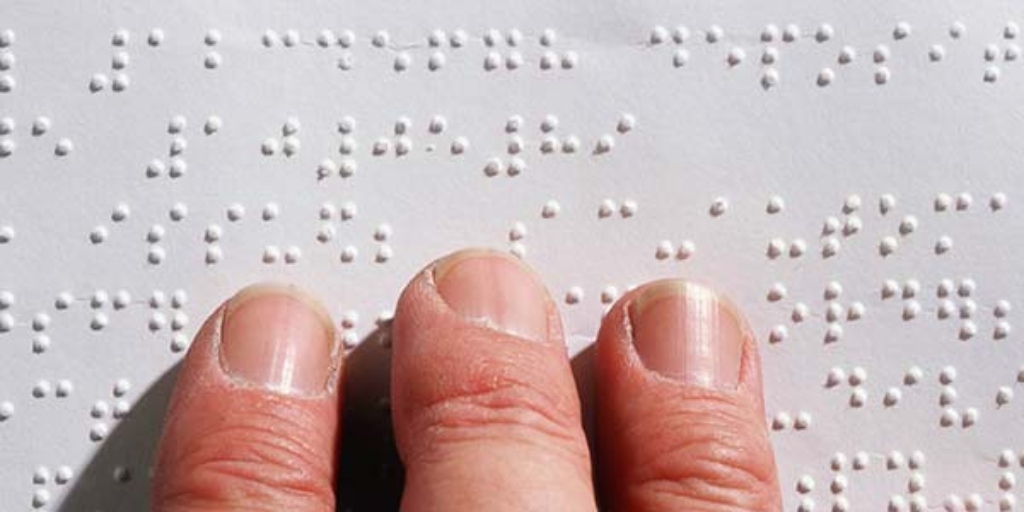
What is braille?
Braille is a way of writing that can be read by touch.
In braille, letters and numbers are made up of a rectangle with six dots in two columns. Each letter and number uses a different pattern of raised dots.
Who uses braille?
If you are blind or have sight loss, you can use braille, which means you read by touch.
Not all people with sight impairments use braille. And many people without sight impairments learn braille to support others.
With braille, you can actively write and read – and there are plenty of braille magazines and books to choose from in braille.
You can play a range of card games in braille, and use labels made with braille to join in other games and activities.
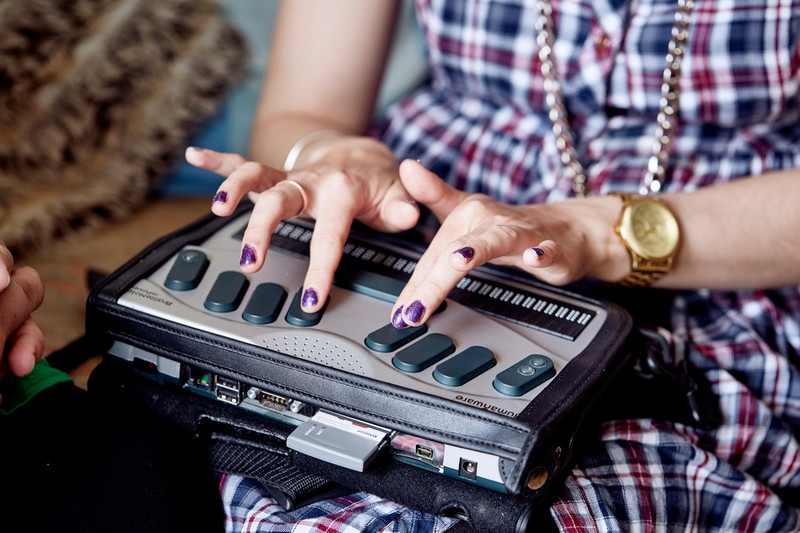
Before you read on…
- You can communicate using a mix of different ways (we all do!)
- At Sense, we use whatever combination of speech, touch, sign or visual language works best
- It’s never too late to start
- Have a go and don’t worry about getting it wrong
How can I start to learn braille?
How Sense can help
We offer free and impartial information about living with complex disabilities, including deafblindness.
Get in touch by phone, email, post or through a BSL interpreter.
The best way you can learn braille is from a qualified teacher on a properly structured course.
There are two grades of braille:
- Uncontracted braille, which used to be called Grade 1: this is a straight translation from print, including letters, numbers and punctuation marks.
- Contracted braille, which used to be called Grade 2: this has special signs for combinations of letters, such as “sh” and “ing”, and common words, such as “the” and “for”. You can read it faster and it makes braille documents about 25% smaller.
RNIB
The RNIB offers a range of courses, training sessions and other resources for children, young people and adults.
- Courses for adults include contracted and uncontracted braille for touch and sighted learners.
- Courses for children and young people include contracted and uncontracted braille.
- Resources for schools, including education packs for Key Stage 1 and 2.
To find out more, talk to your child’s Qualified Teacher of Visual Impairment.
Sight Scotland/the Royal Blind School
The Royal Blind School teaches braille to children and young people who are blind or have sight loss.
Pupils start to learn braille on a pre-braille programme designed to meet individual pupil needs.
They then go on to learn braille through a braille reading scheme. They learn to write, first using a braille typewriter and then digital electronic braille devices.
Braille machines and notetakers
You can also find out more about braille machines and notetakers from Living Made Easy.
Reading and creating braille
You can link a braille display to a computer to read what is on the screen.
With a portable hand-frame or notetaker, you can produce braille manually.
You can also produce braille using a computer with translation software and a desktop brailler printer.
If you’ve installed braille translation software on your computer, you might already have a braille font.
The most commonly used braille translation software is Duxbury Braille Translator. It is available in the UK from the RNIB, Sight and Sound Technology and Vision Aid.
Check for braille in the font list in your word processing software, such as Microsoft Word. On a Mac, look also in the Font Book software.
- Find out more about downloading, installing and using braille in Microsoft Word for Windows.
- Find out about using braille displays with VoiceOver on Mac.
If you don’t have a braille font, you can download one from the internet. There are lots to choose from, many of them free. But remember, as with everything else, anything you download for free from the internet at your own risk.
Why is it called braille?
A French man called Louis Braille (1809–52) lost his sight through a childhood accident. In 1824, he developed the braille code, aged just 15.
It was only after his death that braille was adopted as the preferred writing system for blind people in France.
It eventually spread to other countries. In 1870, it was adopted in Britain, and a universal braille code for English was created in 1932.
Unified English Braille
Unified English Braille (UEB) is now used in all major English-speaking countries in the world.
Unified English Braille (UEB) is easier to learn than Standard English Braille (SEB), which we officially stopped using in 2016.
With UEB, we no longer need specialist braille codes for mathematics, science and languages.
We do still need specialist braille codes for music and chess. Find out more about music braille codes, and more about chess braille codes.
Find out more about UEB guidelines, standards and resources, including Welsh and Irish language braille, from the UK Association for Accessible Formats.
Types of communication
These are the main ways of communicating that we use:
-
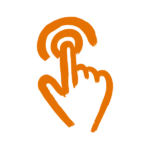
Using touch
- Deafblind Manual spells words on to your hand.
- Block alphabet spells letters on to your hand.
- Moon uses raised lines, curves and dots to touch.
- Tadoma uses lipreading by touch.
- Hand-under-hand signing using touch.
-
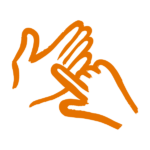
Using signs
- Sign language.
- Makaton, a simpler version of sign language.
- Visual frame signing for people with reduced vision.
- Objects of reference.
-

Using speech
-
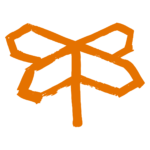
Also
- Non-formal communication without speaking, writing or signing.
- Intensive interaction treating everything as communication.
Stay in touch
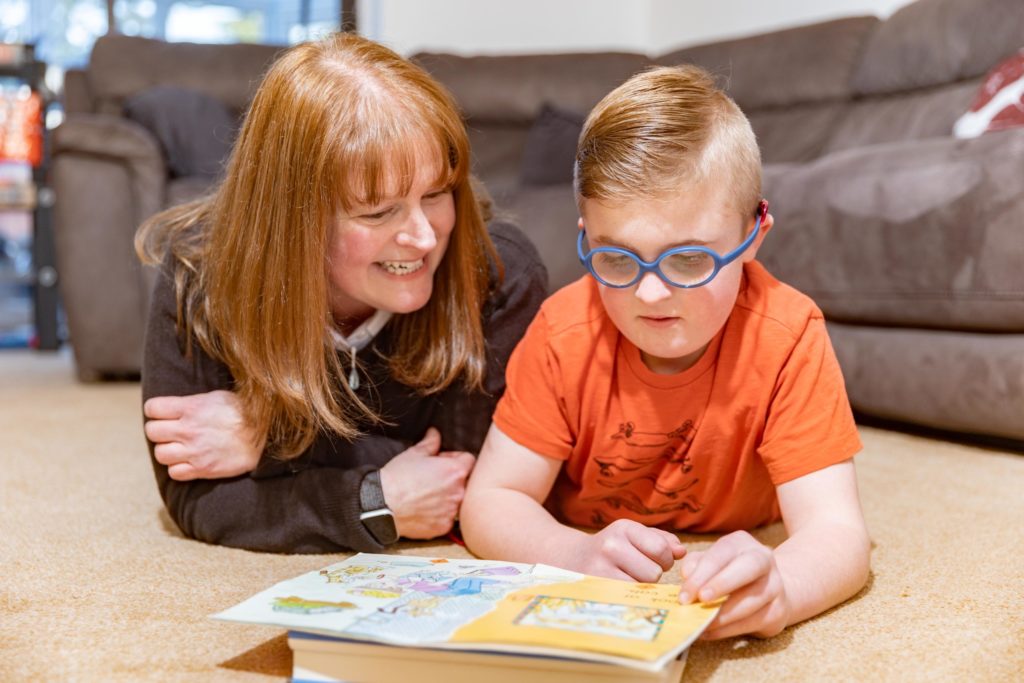
Get updates about our vital work, including volunteering, making a donation or supporting Sense campaigns.
This content was last reviewed in April 2023. We’ll review it again in 2025.
